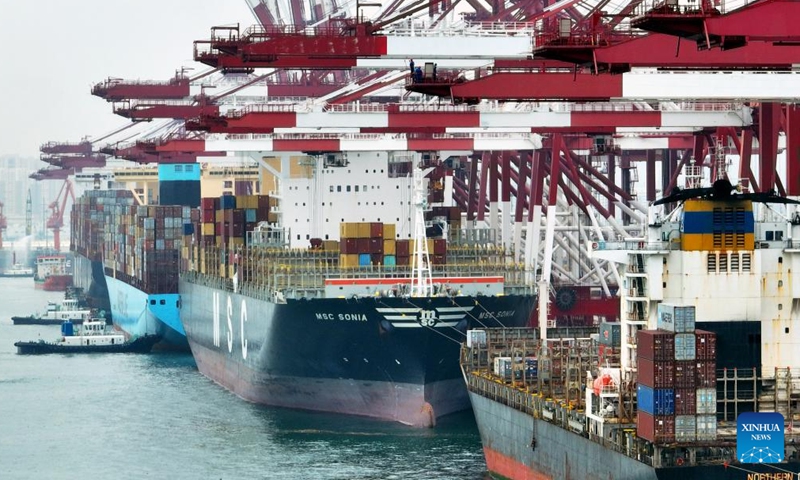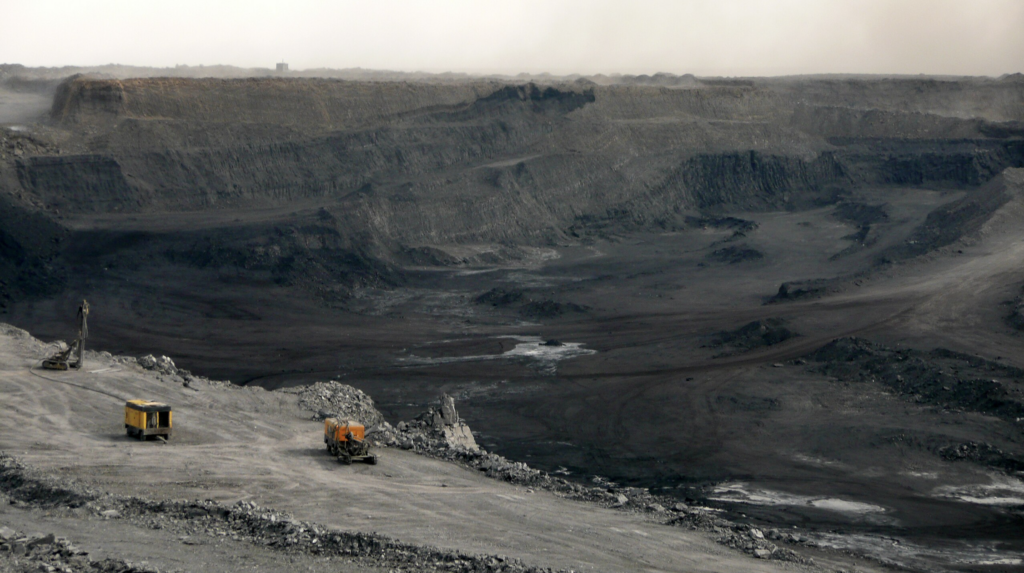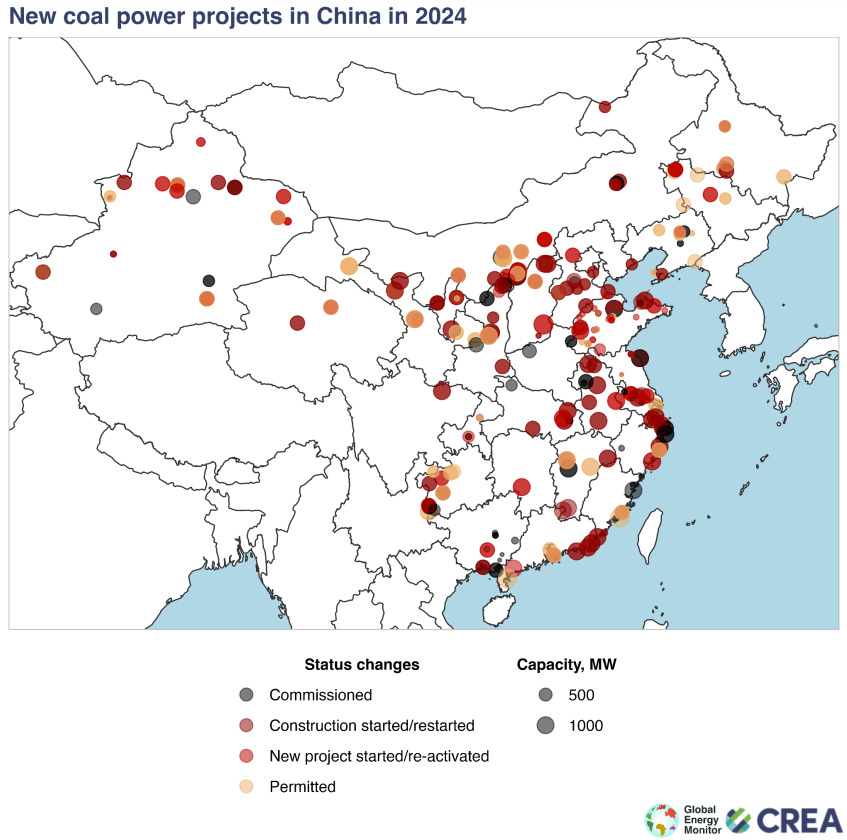China’s manufacturing sector is overtaking its construction sector in driving the country’s demand for steel, in a shift that is expected to benefit flat steel products more than long steel ones, an industry expert said at an industry conference on Friday March 22.
The demand for flat steel products is expected to increase in 2024, due to growth in the energy sector on the back of China’s decarbonization efforts and the country’s leading position in the shipbuilding sector, China Minmetals Economic Research Institute’s chief researcher Zuo Geng said. Zuo was speaking at the 13th China Steel Logistics Summit Forum held by the China Federation of Logistics & Purchasing’s Steel Logistics Professional Committee and trading service platform Zall Steel in Shanghai on Friday.
Steel consumption in the energy, shipbuilding and transportation sectors is projected to rise by between 3.9% and 16% in 2024, Zuo said. But demand for long steel products is set to remain subdued, given the poor demand outlook from the construction sector, Zuo added.
The weak demand is due to a downturn in China’s property sector and a softer push for infrastructure construction amid overhanging debt woes in the country, sources said.
Steel consumption in China’s construction sector is expected to shrink to 486 million tonnes in 2024, down by 4% from 506 million tonnes in 2023, Zuo said.
Steel demand mixed across sectors
Growth performance was mixed among downstream users in China’s steel industry in 2023, with the property sector – which is the major consumer of construction steel including long products such as rebar – still struggling with a multi-year downturn amid a debt crisis. Most of the performance indicators for China’s real estate market are negative, with investment in real estate development falling by 9.6% year on year in 2023 and dipping by 9% year on year in the first two months of 2024, according to data from the National Bureau of Statistics (NBS).
Meanwhile, there has been an increase in investments in the manufacturing sector in 2023, in areas like special-purpose machinery, automobiles and electrical machinery, which will in turn raise the demand for steel, Zuo said.
There is also a strong overseas demand for steel, evident from the increase in China’s exports of indirect steel like steel containing goods from sectors such as precision engineering, machinery and transportation, which could give Chinese steelmakers and traders insight into what kind of products are in demand, Zuo added.
China’s plans to upgrade equipment a boon
Beijing’s latest pledge to promote a fresh round of large-scale equipment upgrades and trade-in of consumer goods is also a boon for steel demand, with the move expected to benefit flat steel products such as cold-rolled steel, galvanized steel which are used in a wide variety of applications like automobiles and home appliances, Zuo said.
An action plan released by the State Council in March said China aims to increase its investment in equipment for industry, agriculture, construction, transportation, education, culture, tourism and medical care by at least 25% by 2027.
Fastmarkets’ weekly price assessment for steel CRC, domestic, ex-whs Eastern China, averaged 4,648 yuan ($657) per tonne in 2023, down by 260 yuan per tonne, or 5.3%, from 4,908 yuan per tonne a year earlier.
The annual average of Fastmarkets’ weekly price assessment for steel hot-dipped galvanized coil, domestic, ex-whs Eastern China, which considers 80gsm zinc-coated zero-spangle HDG, came in at 4,984 yuan per tonne in 2023, down by 329 yuan per tonne, or 6.2%, from 5,313 yuan per tonne in 2022.
Prices for hot-rolled coil – the substrate for CRC and HDG – also logged significant losses in 2023, with the annual average for Fastmarkets’ price assessment for steel hot-rolled coil domestic, ex-whs Eastern China (Shanghai) standing at 4,009 yuan per tonne in 2023, down by 405 yuan per tonne, or 9.2%, from 4,414 yuan per tonne in 2022.

The shift toward cleaner raw materials
While China’s demand for steelmaking raw materials will remain high with the country accounting for more than half of global steel capacity, China’s transition to greener equipment will require cleaner raw materials such as iron ore of a higher grade, direct reduction iron (DRI), pellets, and scrap of higher quality, Zuo said.
The spread between high-quality iron ore and cargoes of lower quality is expected to gradually widen, which will create a lot of arbitrage opportunities, Zuo added.
The spread between Fastmarkets’ index for iron ore 65% Fe Brazil-origin fines and mid-grade 62% Fe fines on cfr Qingdao basis averaged $12.40 per tonne in February, up by $0.72 per tonne from $11.68 per tonne in January.
By Zihuan Pan









